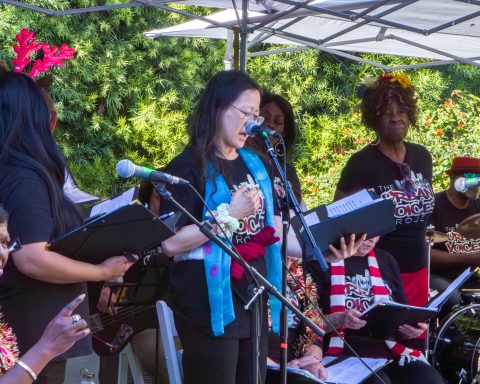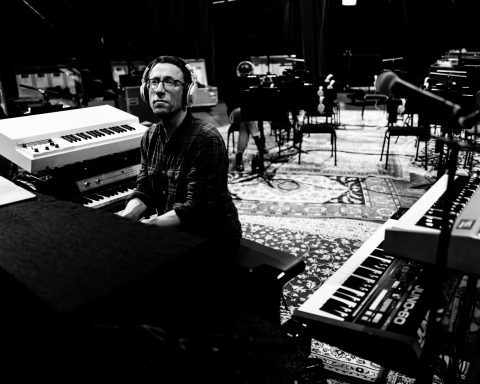The legacy of Japanese innovation exists throughout the Musical Instruments industry. Tadao Kikumoto’s work during his decades with Roland is a sterling example of how deep this influence runs. A deep observer of the twin worlds of music and technology, Kikumoto-san was central to the Research and Development team responsible for “Mid-O Series” models like the DR-55, TR-808, TR-606, TB-303, and MC-202.
Never one to simply rest on past achievements, Kikumoto-san continues to harness the technology and processing improvements of the last four decades. Among his goals? The creation of not just a drum machine, but a complete drum synthesizer.
In celebration of the 40th anniversary of the Roland TR-808, Tadao Kikumoto graciously offered his time for this exclusive Q&A session. His insights into an extraordinary era are keen—his words thoughtful and poetic.
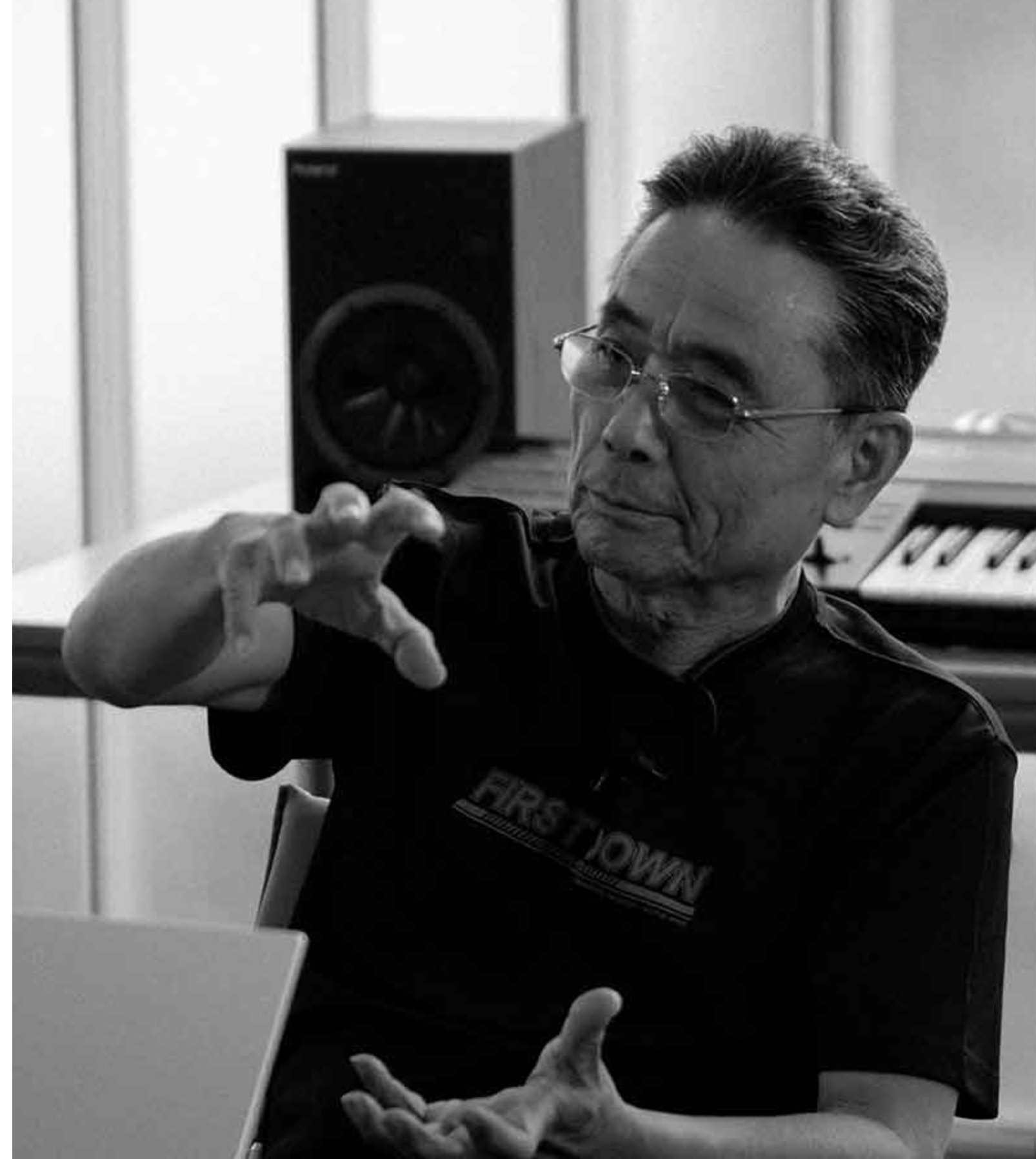
Power of the Process
The Research and Development team for the “Mid-O Series” was not influenced by market trends during the development process. When did you become aware of the Roland TR-808’s influence?
We did not know anything about the “Mid-O fever” [editor’s note: the worldwide popularity of the TR-808, TR-909, TB-303, etc.] with new music in the US and Europe until 1992, when a well-informed guy from an overseas department told us about it. Even Mr. K [editor’s note: Roland creator, Ikutaro Kakehashi] and the overseas branches did not know about the underground market until that time.
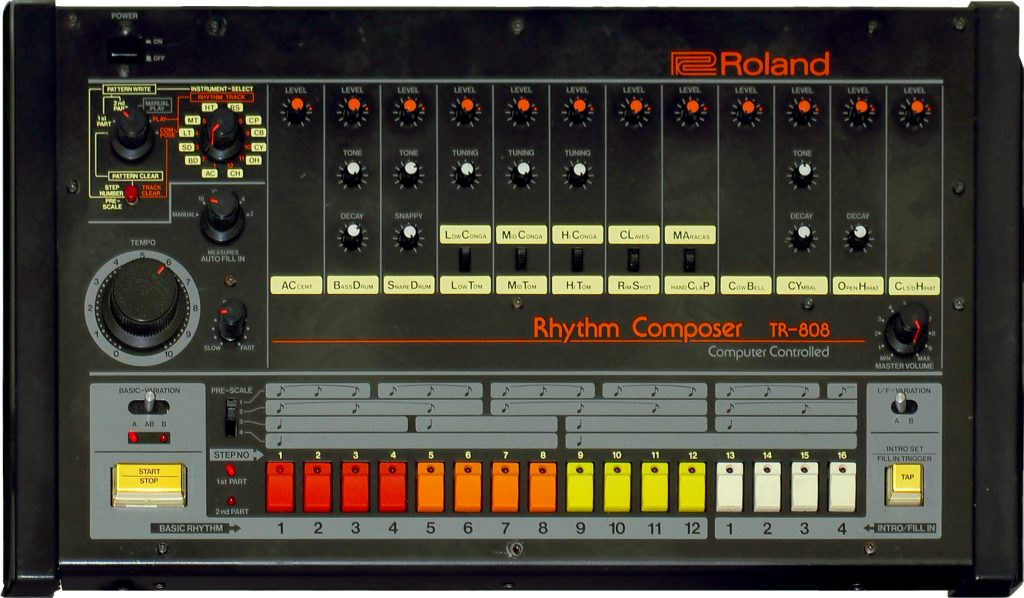
What was the original vision for the TR-808?
The request of Mr. K and Don Lewis [editor’s note: pioneering electronic musician and longtime friend of Roland] was an inexpensive, realistic-sounding drum machine. I proposed creating a Drum Synthesizer, instead of an expensive PCM [editor’s note: Pulse-Code Modulation, a sample-based format] machine. We started the project based on the Roland CR-78.
"We did not know anything about 'Mid-O fever' in the US and Europe until 1992. A well-informed guy from an overseas department told us about that."
After the “Mid-O Series” project, the development team established a new “Fundamental Research and Development Department” for Roland. Could you tell us about that?
All the Mid-O developers moved to a new lab focused on Fundamental Research and Development after releasing the last of the original Mid-O instruments, the Roland TR-909. That was in 1983—the year Yamaha launched the DX-7 synthesizer. At that time, we started R&D for full digital instruments. Mr. K was fundamental to the R&D division at the time.
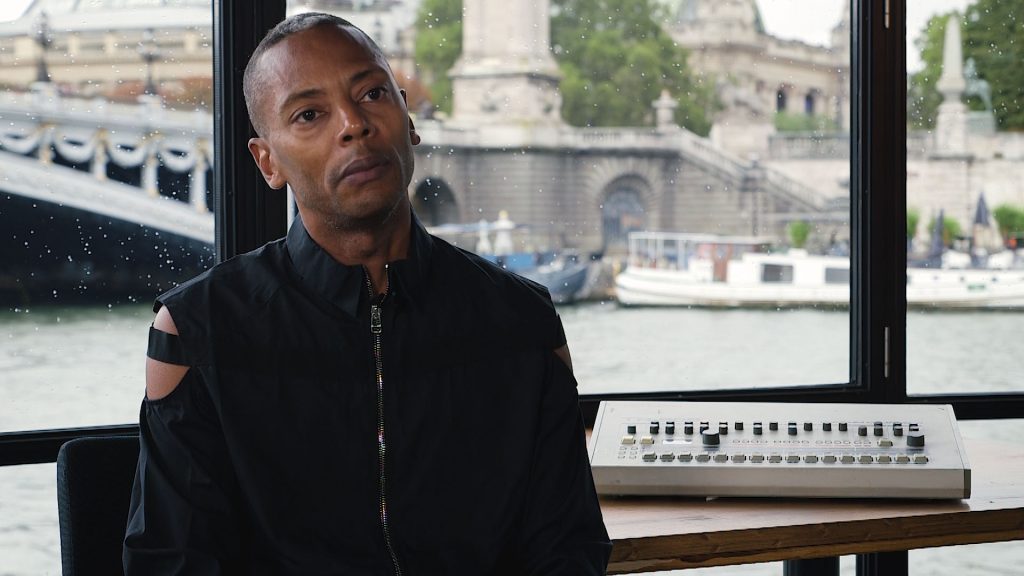
Influence and Artistry
Do you have any special memories of artists using your creations in surprising or unexpected ways?
Just before the TR-808 officially launched, the Roland Japan Sales Department seemed to have rented one to Yellow Magic Orchestra. As a result, I was very surprised to hear its sound from an FM radio broadcasting a program of their live concert at the Budokan in Tokyo!
After 1992, I was happy to see artists in the studio tweaking the knobs of our instruments. I remember DJ Pierre with the TB-303, Jeff Mills with the TR-909, and others. They were all surprises, but so fun for me.
I also remember a hip-hop producer—perhaps Rick Rubin—extending the decay of the 808 Bass Drum. Users like that took advantage of Mid-O according to their creative instincts. Those applications were sometimes different from my intention, but the expandable Decay knob of the TR-808 was my intention. I was very glad to hear that because the idea was basically not supported at the time, except by Mr. K.
Japanese musical instrument makers are famous for their innovation and commitment to quality. What makes the Japanese approach so uniquely suited to creating lasting instruments?
I think this is because of the Japanese People’s sense of craftsmanship and cooperation.
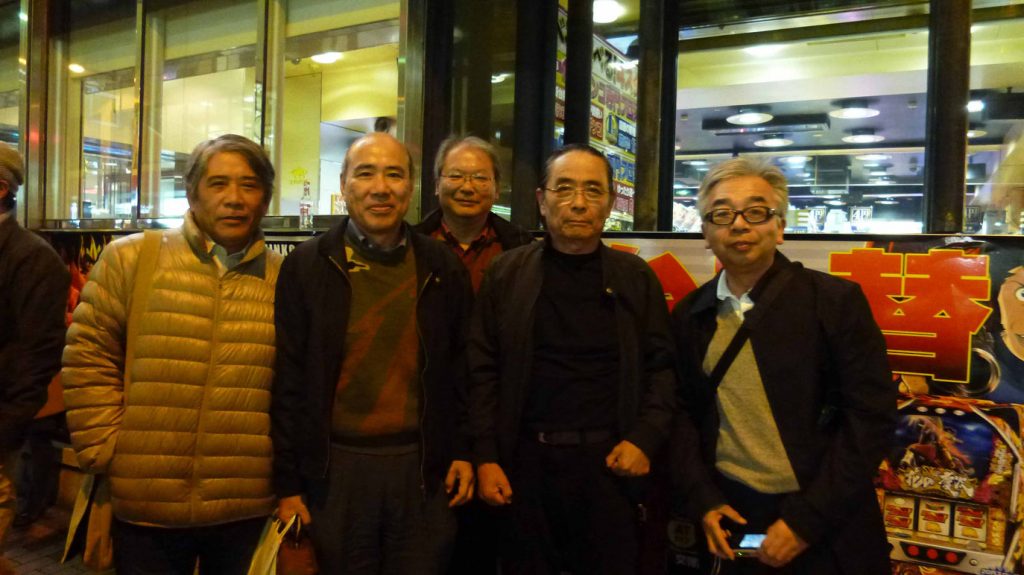
Legacy and the Future
Would you tell us about creating the RC-808—your new project—and the way it aligns with your original vision for the Roland TR-808?
When I was writing the MIDI protocol in 1980, I wondered why the notation of rhythm did not indicate Gate Time and Key on the score, except for the Open Hi-Hat. I proposed the use of Chord Melody Tracks for rhythm machines, but there was not so much interest in this idea. We brought the idea back on the RC-808. Now, the Drum Track and Bass Line are part of the Chord Melody Track.
As a matter of fact, we were planning on creating a Roland TC-404 chord machine after the MC-202. We gave up on developing the TC-404 due to the TB-303’s low sales and commercial failure. The goal we could not reach with analog technology in 1980 was a Drum Synthesizer. Even with the latest technology, we have yet to fully reach the goal. We’d be happy if the RC-808 helps encourage future designs!
We know you are a big fan of robotics. Are there any other projects you are working on which you would like to share with us?
Silent Street Music is a new music experience, allowing street performances to happen live and free from noise pollution. SSM is a concurrent, multichannel, BYOD (Bring Your Own Devices) streaming/broadcasting concept. We hope SSM will allow more of the population to create using musical instruments.
You can further explore the world of Silent Street Music through these excellent sources. Read about the Silent Conference and the world’s largest silent disco.
Roland would like to thank Kikumoto-san for sharing his TR-808 memories on the occasion of the instrument’s 40th anniversary. To learn more about Tadao Kikumoto and his storied career, we recommend you visit the Re-Create the 808 site and the Episodes of the Mid-O Series. Once there, visitors will be able to download the RC-808 VST.



